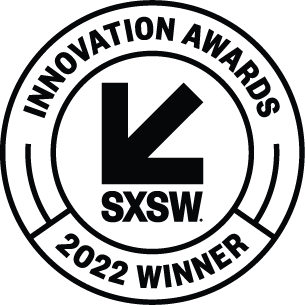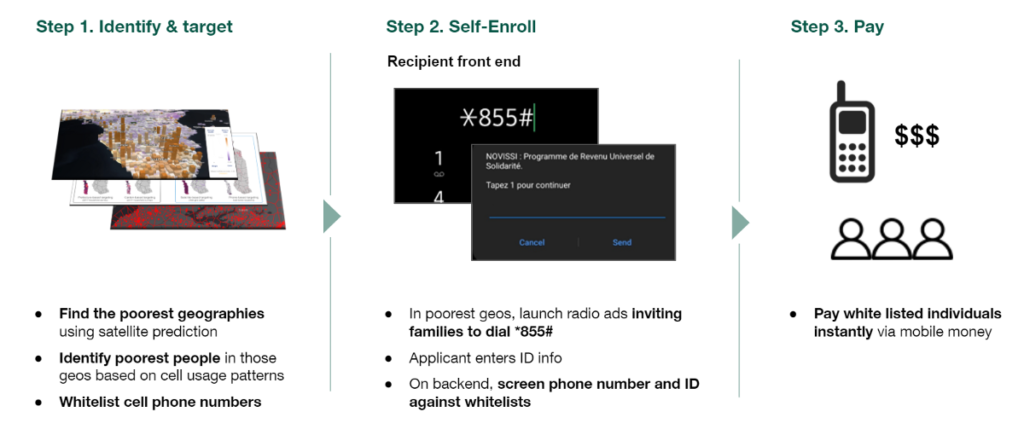Last year the Government of Togo, with support by GiveDirectly, Center for Effective Global Action (CEGA), and Innovations for Poverty Action (IPA), launched a first-of-its-kind contactless direct payments program. Leveraging machine learning in combination with satellite imagery and cell phone metadata, the program was able to identify those living in extreme poverty and let them self-enroll in the government’s mobile payment assistance program, known as Novissi.
In total, the program reached 138K people. It has won a Paris Peace Forum award and a 2022 SXSW Innovation Award.
Print coverage: Wired, NPR, Reuters, & Bloomberg.
For inquiry, email [email protected] and review our press release.

The government of Togo’s Novissi program was so effective that CEGA’s Anya Marchenko and GD’s Han Sheng Chia argue that the model (termed MobileAid) should be adopted by more NGOs and governments, and can be a paradigm shift for delivering social protections:
Given that in-person validation provides valuable personal touchpoints, and MobileAid can be deployed quickly and at scale, countries could supplement one with the other. Emergencies or large scale shocks like famines and flooding may be the most natural use cases for the MobileAid approach to deliver significant early value.
During a crisis, time is of the essence, and policymakers may value the speed that the MobileAid model brings. As the machine learning algorithm screens a large swath of a population at high speed, producing a report of which individuals should be prioritized for aid, ground teams can enter afterward to enroll those missed and further community engagement. On the flip side, if machine learning algorithms over enroll beneficiaries by including those who are not eligible, ground teams could step in to narrow the pool of beneficiaries. In this example, the MobileAid approach is simply a “fast track”, or the first wave of targeting and enrollments, before other help can be mobilized.
Read the full post here.
